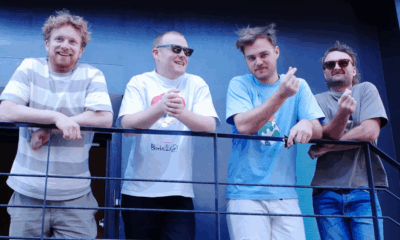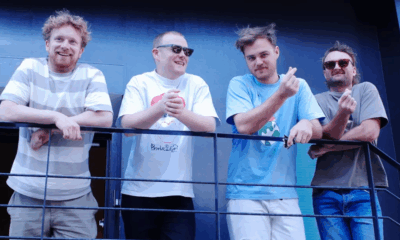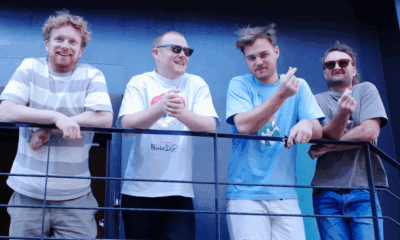Health
New Research Unveils New Zealand’s First X-Ray Discovery
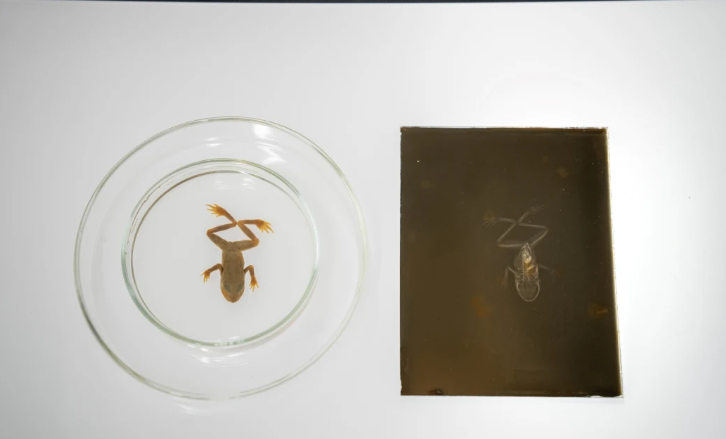
Health New Zealand medical physicist Steven Muir has unveiled significant findings regarding the history of x-ray technology in New Zealand. His research challenges the long-held belief that Dr. William Hosking was the first to take an x-ray in the country in 1896. Muir’s investigation reveals that Hosking’s x-ray machine did not arrive in New Zealand until early 1897, suggesting that Augustus Hamilton, a former registrar at Otago University, actually captured the nation’s first x-ray.
Muir’s findings indicate that Hamilton photographed a frog for a lecture on x-rays at the university in May 1896, just six months after the initial discovery of x-rays by Wilhelm Röntgen, a German physicist credited with the invention in 1895. Muir commented on the significance of this timeline, noting the challenges of shipping and communication that would have delayed the arrival of x-ray technology in New Zealand.
Unfortunately, Hamilton’s original x-ray is believed to have been lost to history. Nevertheless, Muir’s research led to the discovery of New Zealand’s oldest known surviving x-ray, also featuring a frog, held at the Canterbury Museum. He collaborated with Frances Husband, the museum’s associate curator for human history, to locate this historic image within the museum’s extensive collection.
Uncovering the Frog’s Legacy
The x-ray at Canterbury Museum showcases a specimen of Leiopelma hochstetteri, a species that has been preserved since it entered the museum’s collection in 1883. Husband emphasized the importance of ongoing efforts to inventory the museum’s vast collection of over 2.3 million objects and 200,000 photographic negatives, which facilitated the recent discoveries.
To verify the identification of the frog, Muir and Husband arranged for another x-ray to be taken using the latest 2D and 3D high-resolution machines at Christchurch Hospital. “It was very exciting to find that the old and new x-rays were a perfect match,” Husband noted, highlighting the significance of this historical connection.
Muir also engaged with staff at Christ’s College to locate the original x-ray tube used for the 1896 image. The tube was found in a box at the back of the school’s physics laboratory, adding another layer to the historical narrative surrounding New Zealand’s early adoption of x-ray technology.
Muir presented his findings at the Grand Rounds health research lecture series on Wednesday, coinciding with the upcoming 130th anniversary of Röntgen’s groundbreaking discovery. This research not only sheds light on New Zealand’s medical history but also emphasizes the rapid adoption of innovative technologies in the late 19th century.
As the medical community and the public celebrate these discoveries, the story of New Zealand’s first x-ray serves as a reminder of the enduring impact of scientific exploration and the importance of preserving historical artifacts for future generations.
-

 Sports2 months ago
Sports2 months agoNetball New Zealand Stands Down Dame Noeline Taurua for Series
-

 Entertainment2 months ago
Entertainment2 months agoTributes Pour In for Lachlan Rofe, Reality Star, Dead at 47
-

 Entertainment4 weeks ago
Entertainment4 weeks agoNew ‘Maverick’ Chaser Joins Beat the Chasers Season Finale
-

 Sports3 days ago
Sports3 days agoEli Katoa Rushed to Hospital After Sideline Incident During Match
-

 Sports2 months ago
Sports2 months agoSilver Ferns Legend Laura Langman Criticizes Team’s Attitude
-

 Politics1 month ago
Politics1 month agoNetball NZ Calls for Respect Amid Dame Taurua’s Standoff
-

 Entertainment2 months ago
Entertainment2 months agoKhloe Kardashian Embraces Innovative Stem Cell Therapy in Mexico
-
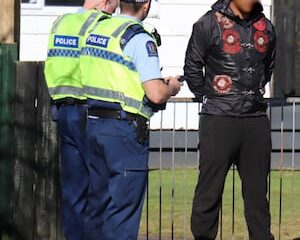
 World3 months ago
World3 months agoPolice Arrest Multiple Individuals During Funeral for Zain Taikato-Fox
-

 Sports3 months ago
Sports3 months agoGaël Monfils Set to Defend ASB Classic Title in January 2026
-

 Entertainment1 month ago
Entertainment1 month agoTyson Fury’s Daughter Venezuela Gets Engaged at Birthday Bash
-

 Sports1 month ago
Sports1 month agoHeather McMahan Steps Down as Ryder Cup Host After Controversy
-

 World2 weeks ago
World2 weeks agoSevere Winds Hit New Zealand, Over 100 Flights Canceled





